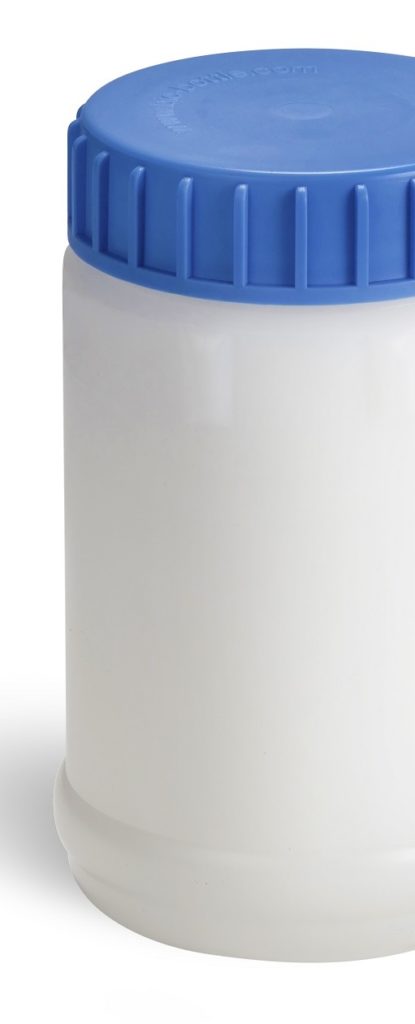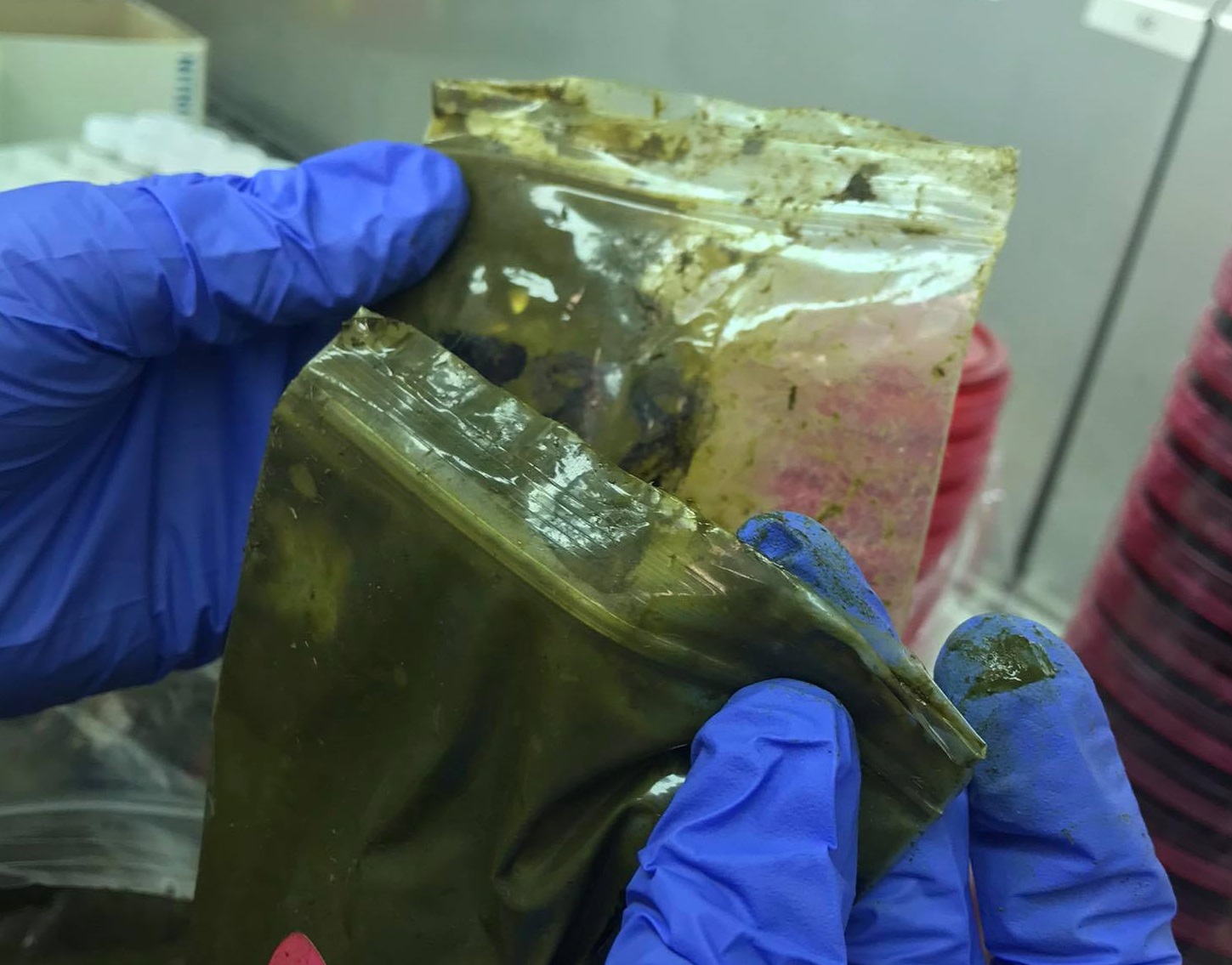… correctly!
Imagine several liquid bovine faecal samples in zip-lock bags, sent in another plastic bag via NZ Couriers to one of our laboratories. What is the worst-case scenario you come up with?
Some of you may have seen our Facebook post in January regarding a very inappropriately packaged faecal sample received at one of our laboratories. Judging by the shock and horror expressed in the post comments, we’re presuming that a lot of you are indeed aware of how to package samples correctly, but we thought we’d run through it just to be sure.
To make things easy, we have a “HOW TO” guide (available on our website) which is super easy to follow. You can view it online, or download/print as you wish.
Tip: Print out a copy of the HOW-TO guide and hang it on the wall where you package your samples so everyone can see it!
New Zealand law requires the shipper (you) to be responsible for the safety of specimens sent via courier. Packages must have three layers of containment and be prepared in such a way that they arrive in good condition and present no hazard to anyone during shipment. Shippers (you) can be fined up to $10,000 for breaches of these regulations. Diagnostic samples are considered a Category B infectious substance and are assigned to UN 3373.
How to:
1. Place the sample collected into the appropriate leak-proof sample container and close lid tightly.

2. Label the sample container with the animal and owner name, date of collection, and if necessary the sample type.
3. Complete a submission form and include clinic and vet details, owner and animal name, species, breed, sex and age of animal, date of collection, testing required and relevant clinical history.
4. Place the sample container into a biohazard sample bag (absorbent material e.g. tissue paper should also be included in case of leaks) and place the completed submission in the outside pocket of the bag.
5. Samples being collected by laboratory couriers e.g. Awanui Labs do not require any further packaging.
6. If using a commercial courier to transport your sample to the laboratory, place the sample bag inside a bio-bottle (see blue lid, right) that contains some absorbent material (in case of spillage) and a small icepack. Ensure the ice-pack is not in direct contact with the samples (especially EDTA blood). Close the lid.
7. Place the bio-bottle into a Gribbles Veterinary courier bag and seal.
8. If a Awanui Veterinary courier bag is not used, please ensure the package is clearly labelled as “UN 3373 BIOLOGICAL SUBSTANCE, CATEGORY B”.
9. Done! Send via courier to your local Awanui Veterinary laboratory.
A few extra things worth noting:
· Zip-lock bags or surgical gloves are NOT suitable containers for any sample type. They are easily opened or ripped and should never be used.
· Cardboard boxes alone are unsuitable to use instead of bio-bottles. They cannot withstand rough handling and are not leak proof.
· Label your bio-bottles with your clinic name and we will return them to you. It is advisable to have a least 6 containers in circulation so you have at least one available at the clinic at all times.
· Appropriate containers for any sample type, along with biohazard bags and bio-bottles can be purchased via our website at any time. So don’t get caught short, check them out today.
If you’re ever unsure how to package an awkward, big or strange sample, just give us a call and we’ll help you out—0800 474 225.

